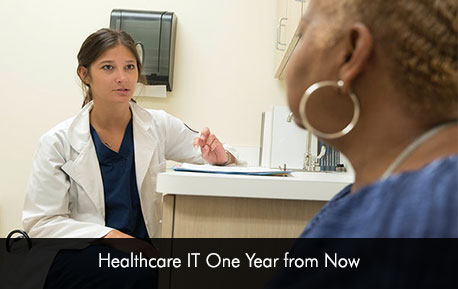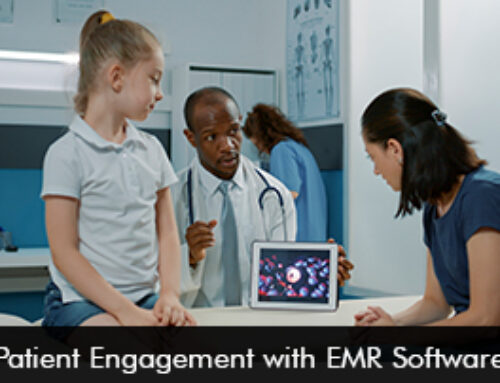Health IT has transformed how healthcare organizations and providers interact with their patients. With the surge of the COVID-19 pandemic, more stress has been highlighted on digital tools to receive care remotely. Smart healthcare is delivering and providing opportunities for both patients and providers as a cost-effective option and leads to patient-centred care.
Here are five predictions from health system CIO’s in the United States regarding health IT trends and expectations from now.
The 5 health IT predictions shortly
- Enhance support services for remote care and workforce – The pandemic has laid importance on the fact that health IT will be focused on the remote workforce as on-premise staff may not be that active after the pandemic. Health systems will use digital technology to improve communication between the workforce in different areas of the world to stay connected to goals, visions, and strategies. On the care delivery side health IT will continue to expand telemedicine EMR Software services to patients to enhance remote care options. This suggests that telemedicine is here to stay even after the pandemic as clinicians and patients see it as an effective and convenient platform to provide quick diagnosis.
- The Cures Act interoperability regulations – App developers in the next year will provide functionalities to help support patients manage their chronic conditions. Patients will also request FHIR-based access to their Electronic Medical Records (EMR) software data and providers will be busy to enable the data access. Better care can be promised as patients can have better access to their ePHI.
- HIT may use lessons and innovations from COVID-19 – HIT will bring back many projects which were on hold due to the pandemic. HIT will also find out ways to implement advanced analytics. Machine learning and AI will be applied to more procedures in healthcare to speed up processes, diagnosis, and reduce any errors.
- Artificial intelligence will continue to give value to health data – AI is the backbone to unlock data which can help providers with real-world evidence and helps to improve patient outcome levels significantly. AI will be applied to various types of health data, machine learning technology will provide more structured data which will provide targeted diagnosis.
- An increase in remote health IT staff – What has happened in this year suggests that there will be an increase in the number of health IT staff working from their homes. Health organizations need not invest in large space requirements and therefore expenses for health IT may reduce. The new working ethics and ecosystem will require health organizations to use robust digital tools to stay in the loop and keep them motivated to work harder.
Final takeaway –
Health organizations have been slow to use data and analytics due to poor data quality and disconnected systems. However, to thrive in the future health care industries need to embrace technology with open arms to offer patient-centric care and improve care delivery. To make hospital systems progressive we need to prepare our staff members, health IT staff, and clinicians to get more proactive by researching the current health care trends to map what lies ahead and be better prepared to handle a crisis.







